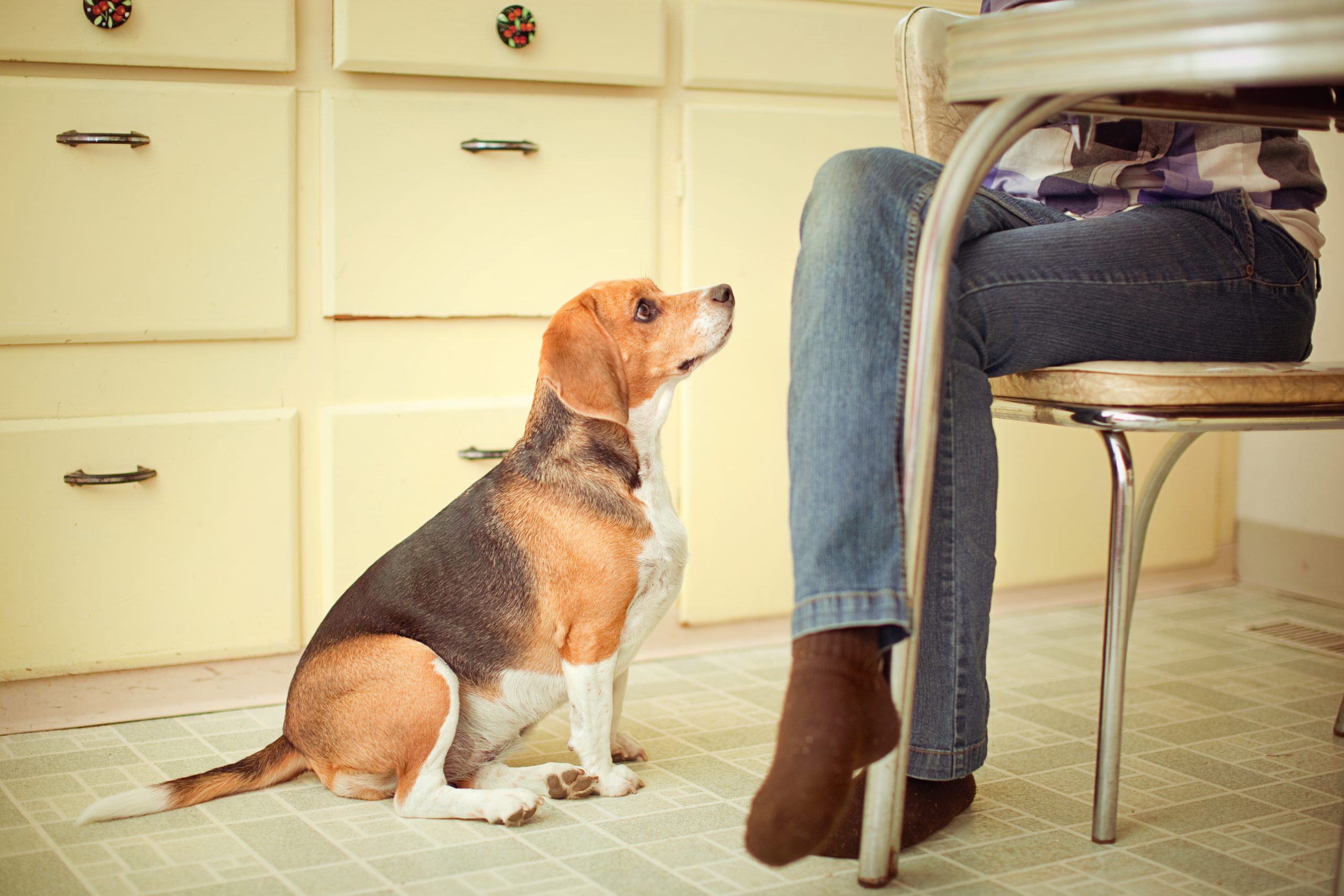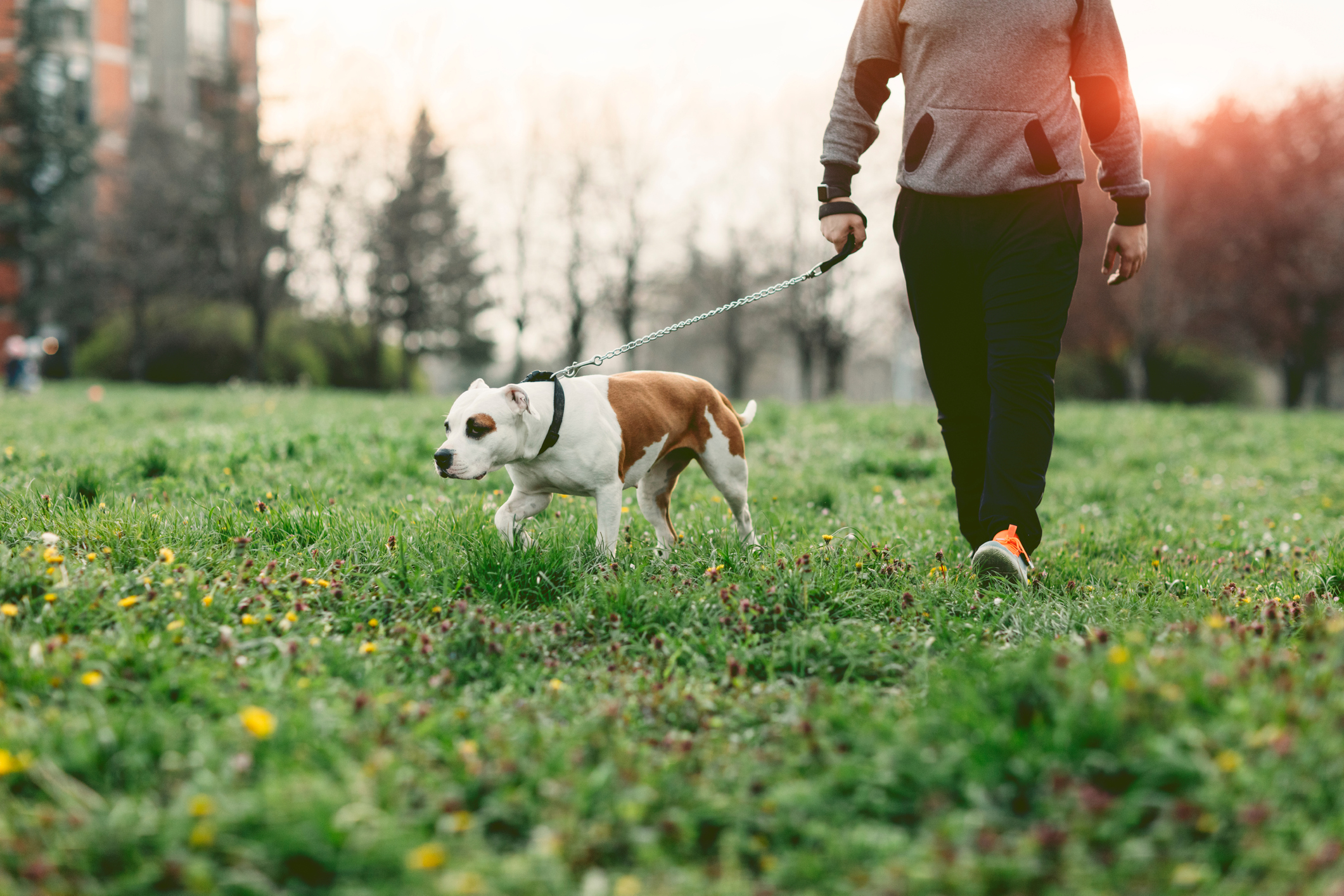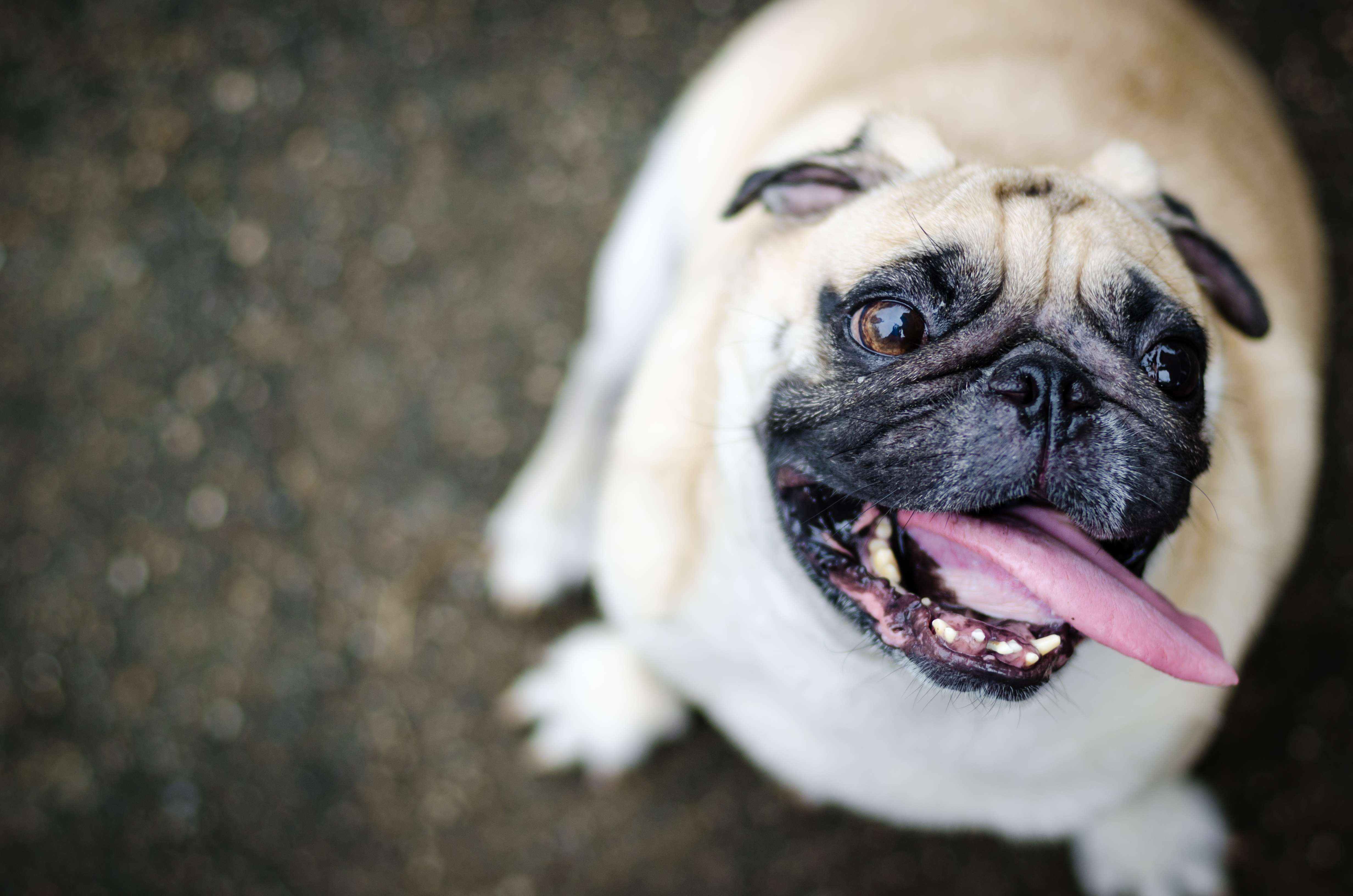Is your dog overweight? Here's how to help your overweight pet lose weight

A doggy diet sounds ridiculous, right? Wrong. Like humans, dogs can gain weight and pet owners have a responsibility to keep them healthy - with love, discipline, lots of walkies and also weight management.
But, hey, if your pet pooch has piled on the pounds don’t feel bad, you’re not alone. A whopping 50% of pet insurance claims were a result of pet obesity, and in the last year alone over £8m in claims have been paid out as a result of obesity-related health issues, according to new figures released by MORE TH>N insurance.
The right weight for your dog depends on its breed but there is a healthy weight range for each breed, and if your dog falls within it, there should be no cause for concern.
And, once you notice that your canine buddy has a weight issue there are steps to take to start managing it.
Here are a few tips to follow from dog experts Canagan.
Find the right weight range for your dog

Weight changes often aren’t that noticeable, especially if gradual. Here are some key visual indicators that can help determine if your dog is under or overweight.
Are the ribs, backbone or other bones visible? - Can you see them from a distance? If so, this could be a sign that your dog is underweight
Parenting advice, hot topics, best buys and family finance tips delivered straight to your inbox.
Can you barely see the rib cage or not at all? - This could indicate that your dog is overweight. There are also other medical issues that could cause bloating, so if this is the case, it’s best to book an appointment with your vet to rule these out
Does your dog have a large/bloated looking stomach that hangs too low? - This is another sign that they may be carrying a few too many pounds
READ MORE: Why does my dog eat grass? 10 weird behaviours explained
How to control your dog’s diet for weight loss

Book a vet appointment - In some cases, obesity is caused by another underlying health condition such as an underactive thyroid.
It’s always best to rule these out with your vet before embarking on a new exercise or dietary routine.
Prevent joint issues - Some breeds have a higher tendency to become overweight, which can cause issues in later life such as hip dysplasia.
Prevention is better than cure so if your dog’s breed is known to have joint issues, look for food that has joint care as a particular benefit.
Increase exercise - Even if it’s adding an extra 10 minutes onto your evening walk or buying a new toy such as a launcher, as long as you and your dog are enjoying it, these extra minutes really can make a big difference in the long run.
Feed based on target weight - It may sound simple but feed the right amount for what your dog should weigh, not what they weigh now.
Dog food recommendations are based on maintaining their breed’s ideal weight, so if your dog is already overweight, make sure you’re feeding them the right portion size.
Stop snacking - Over the course of a day, a little treat here and there can soon add up to the equivalent of another meal.
If your dog eats dry food, when weighing out their daily portion, set aside some pieces for treats throughout the day, this way, they still feel as if they’re being treated, but they’re not eating extra calories
The best dog food to maintain a healthy weight

While exercise is a good way to help your dog lose weight, sometimes, due to illness or old age, dogs can be less active.
Senior dogs are often a lot less mobile, meaning they burn less calories, so their food should contain a lower percentage of fats and fewer carbs.
Cut out – Cutting carbohydrates can be helpful, but make sure you cut out the right ones. Avoid grains as they all contain high levels of carbohydrates which release their energy quickly.
Include – Food groups such as sweet potato, which releases energy slowly and is a great source of soluble fibre, so this makes a great addition to your dog’s diet.
Monitor - Keep a note of your dog’s weight and remember that slow and steady wins the race – a healthy rate of weight loss is 1 per cent per week. If you begin to see a dramatic change, visit your vet to rule out any other health issues.
READ MORE: Vet issues winter warning for dog owners
Remember - If you do switch your dog onto a grain-free dog food, it is quite common for them to appear hungry initially. As grain-free food is often full of higher quality ingredients, this means that the quantity you will be feeding them is less.
Their stomach will need time to adjust to this decreased amount of food, but don’t worry, your dog will still be getting all their dietary needs met in the recommended portion size.
How to stop your dog begging
All behaviour is communication, so your dog is probably begging because you’ve reinforced this behaviour, understandable as we want to give them treats every now and again, but it's a slippery slope. Here are some tips to break this cycle:
Use toys as a treat - Instead of giving your dog human food as a treat, use their favourite toy instead. This will help them disassociate the food on your plate as a tasty snack
Keep them out of the room when you’re eating - When you have a meal, the smells can overwhelm a dog’s sensitive sense of smell, and we all know there’s nothing worse than smelling some delicious food that you can’t have.
This will also deter people from feeding your dog from the table and will get rid of their opportunity to beg
Break up their meal times - If you’re only feeding your dog once a day, consider breaking this up into two or three separate meals, but make sure you’re still only feeding them the same amount across the day.
If you time one of these with your own meals, your dog’s focus is much more likely to be on their own bowl instead of what’s on your plate
Stephanie has been a journalist since 2008, she is a true dynamo in the world of women's lifestyle and family content. From child development and psychology to delicious recipes, interior inspiration, and fun-packed kids' activities, she covers it all with flair. Whether it's the emotional journey of matrescence, the mental juggling act of being the default parent, or breaking the cycle of parenting patterns, Stephanie knows it inside out backed by her studies in child psychology. Stephanie lives in Kent with her husband and son, Ted. Just keeping on top of school emails/fundraisers/non-uniform days/packed lunches is her second full-time job.